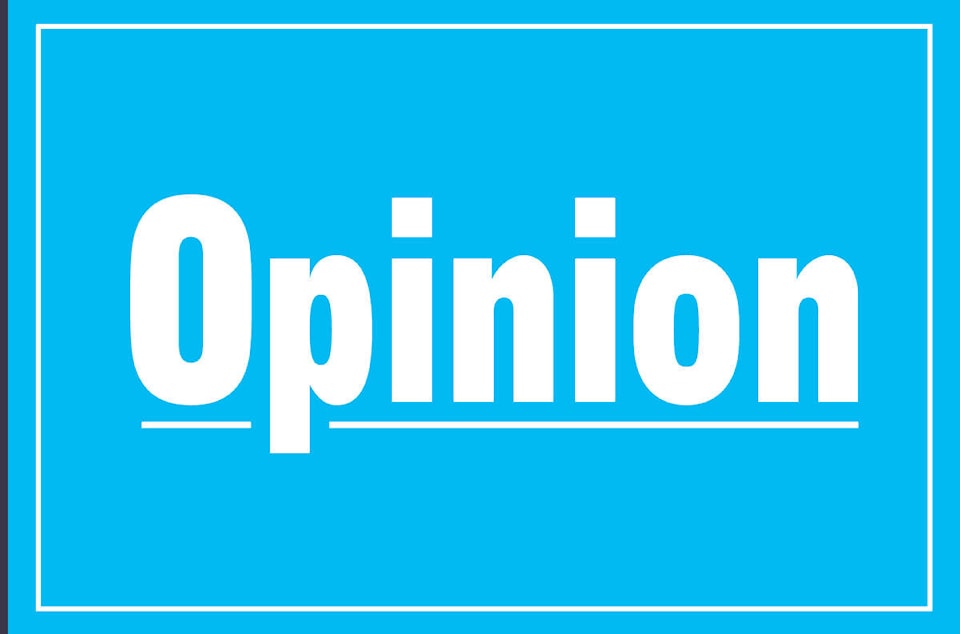Make no mistake about it: the Ontario Liberal Party is in bad shape as it enters 2019.
In the wake of June’s provincial election, in which the Liberals suffered their worst defeat in history, the party faces major challenges in fundraising, membership levels, policy development, staffing and, possibly most important, morale.
Indeed, despite a recent rise in the polls that has excited some Liberals, the reality is that 2019 will be the most critical year for the party between now and the 2022 election if it’s to have any hope of a significant revival.
There may be a path forward for the party, though, as it begins to consider exactly how to rebuild its finances, revise its policy positions and reform its internal structures.
The first step on this path must be taken by former premier Kathleen Wynne, who quit as party leader on election night.
While it may seem hugely unfair, the political reality is that for the good of her party, it’s time now for Wynne to resign her seat in the legislature.
The reason is simple: As long as Wynne remains a sitting MPP, it’s difficult for the party to start the reorganization needed for future success.
That’s not because Wynne’s a bad person, but because she’s such a powerful reminder of how things went so far off the rails for the Liberals.
Wynne doesn’t need to be in the legislature for the money. There’s many opportunities outside of elected politics that she could pursue.
Over the past several weeks, key Liberals ranging from senior party officials to fundraisers and grassroots organizers have talked privately about how the party can’t get too far until it can distance itself from Wynne.
“There’s still too much toxicity between voters and Kathleen for us to move ahead,” a leading Liberal fundraiser said.
For example, the party is $9 million to $10 million in debt. It raised some $150,000 in December. That’s better than in previous months, but still well behind where it needs to be.
“It’s time to suck it up and move on,” another senior Liberal said. “We could likely win a byelection in her riding, so there’s no reason why she should stay on.”
Wynne has given no sign she will step down soon. But these days, she doesn’t show up too often in the legislature.
So why is she sticking around?
It’s common for former premiers to resign as an MPP after they quit as party leader.
Former Liberal premier Dalton McGuinty held on to his Ottawa-area seat for only five months in 2013 after Wynne replaced him as leader. Conservative leader Ernie Eves retired as an MPP in 2005 after stepping down as leader in 2004 following the party’s 2003 defeat.
At the same time, members of the Liberal party executive committee are split on when to hold a leadership contest.
The argument for an early contest, starting this spring with voting in early September, is that a new leader needs plenty of time to start recruiting new candidates and mapping out themes for a policy platform.
The argument for delaying until the spring of 2020 is that Ontario Liberals can recapture support of voters who like the Trudeau Liberals by wholeheartedly working to help re-elect the federal party.
By doing so, they would associate themselves with the most important issues of the federal election, namely climate control and immigration.
Although there’s no official race yet, potential leadership candidates are already circling.
But everything – fundraising, policy planning, a new leader – hinges on Wynne.
It’s time she took the step.
Bob Hepburn is a columnist with Torstar Syndication Services.
